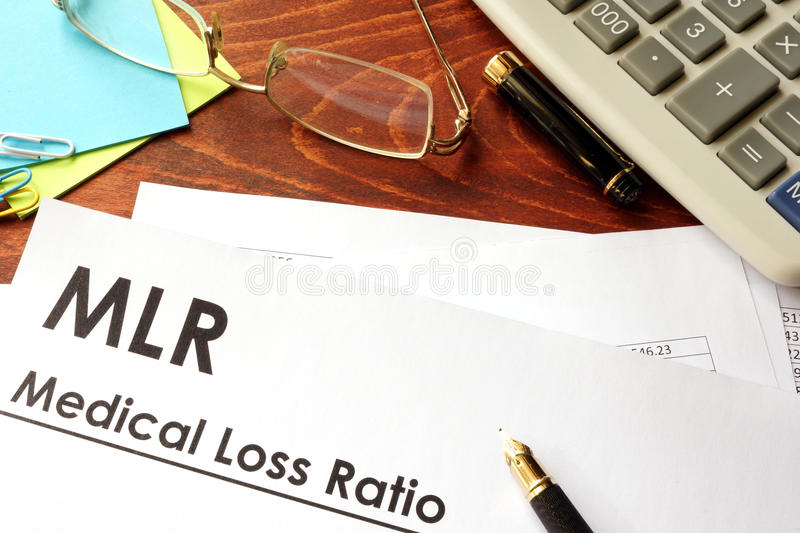Participating Policies
Insurance contracts that pay the policyholder dividends over time. Usually paid out annually over the life of the policy, participating policy dividends come from the profits of the insurance company that sold the plan. Most include a final or terminal payment paid out when the contract matures, and some include a guaranteed dividend amount determined … Read more









